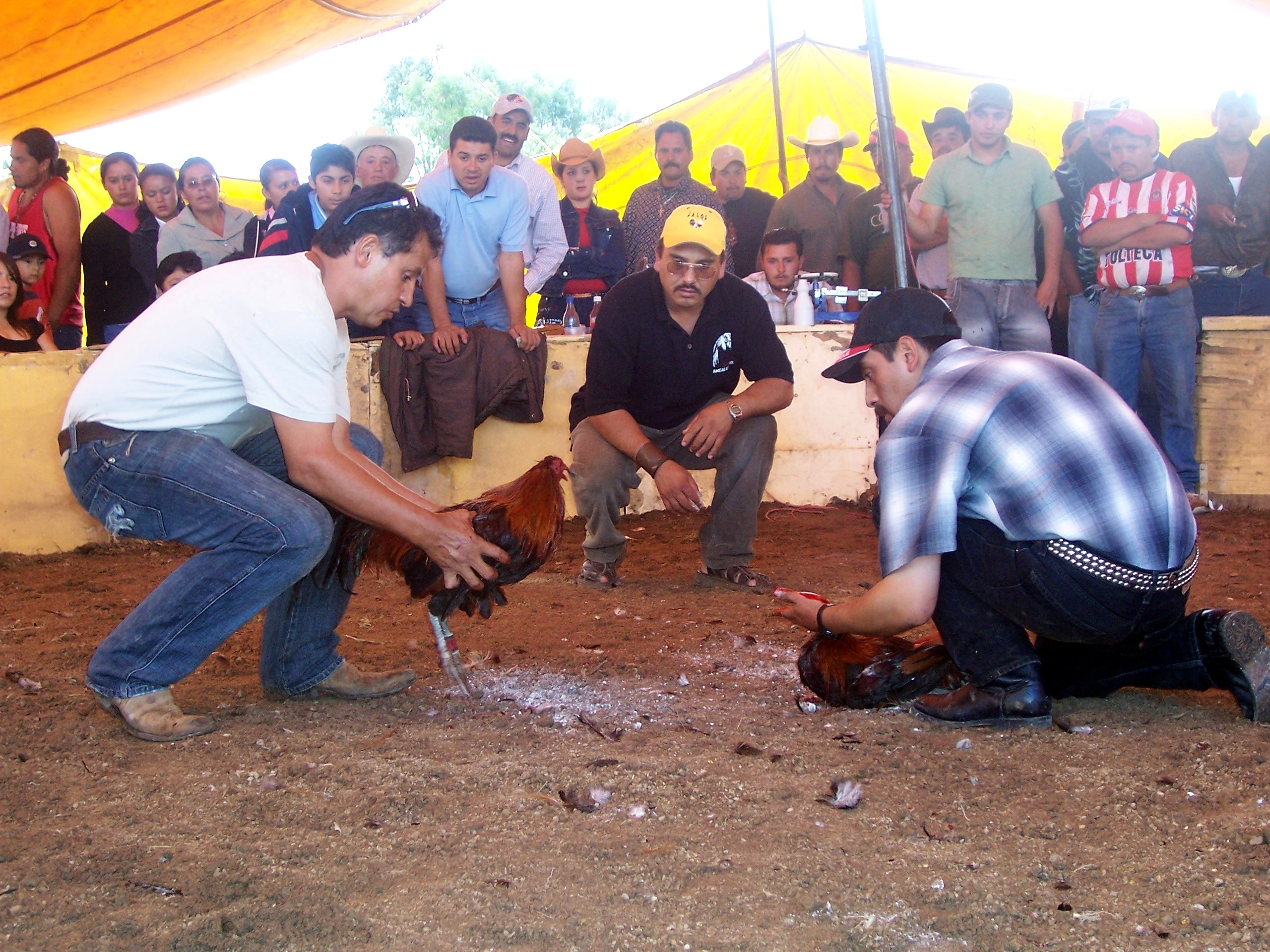|
John Muriel
John Muriel (7 April 1909 – 1975), also known as "John St. Clair Muriel", was a British countryman, teacher, novelist, and biographer from a middle-class East Anglian background who wrote as "Simon Dewes" and "John Lindsey". Muriel drew on his own life for material and completed four volumes of autobiography that relied heavily on his youth in Suffolk and Essex. His biographies were reviewed as more readable than authoritative and his three works of London topography were an entertaining wander through London's history and lore. His fiction encompassed the thriller as well as novels with more serious themes, at least two of which were banned in the Republic of Ireland. He wrote some poetry and short stories. The son and grandson of physicians, his last book was a true crime work titled ''Doctors of Murder'' (1962). Early life and family John Muriel was born in Hadleigh, West Suffolk, on 7 April 1909, [...More Info...] [...Related Items...] OR: [Wikipedia] [Google] [Baidu] |
Hadleigh, Suffolk
Hadleigh () is an ancient market town and civil parish in South Suffolk, East Anglia, situated, next to the River Brett, between the larger towns of Sudbury and Ipswich. It had a population of 8,253 at the 2011 census. The headquarters of Babergh District Council were located in the town until 2017. Origin of the name Skeat, in his 1913 ''The Place-Names of Suffolk'', says this: Spelt ''Hadlega'', R.B.; ''Hadleigh'', Ipm.; ''Hædleage'', in a late chapter, Thorpe, Diplomat, 527; ''Headlega'', Annals of St Neot, quoted in Plummer's ed. of the A.S.Chronicle, ii. 102; ''Hetlega'', D.B., p.184. In D.B. the ''t'' stands for ''th''; and the true A.S. form appears in a Worcs. charter, dated 849, as ''hæðleage''(gen.) with reference to Headley Heath (a tautological name) in Birch, C.S. ii. 40; see Duignan, Placenames of Worcs. The sense is 'heath-lea.' In a similar way the A.S. ð has become t in Hatfield (Herts.) which means 'heath-field'. History Guthrum, King of the Dan ... [...More Info...] [...Related Items...] OR: [Wikipedia] [Google] [Baidu] |
John Strickland Goodall
John Strickland Goodall (7 June 1908 – 2 June 1996) was a British writer, watercolour painter and illustrator, best known for his wordless picture books such as ''The Adventures of Paddy Pork'', although his output included more conventional pictures, and illustrations for a wide range of publications (including the '' Radio Times'') and books set in villages by the author Dora Saint, who wrote under the pen name of Miss Read". Goodall became one of England's most beloved artists due to the subject matter of his works, the Victorian and Edwardian eras. Life Goodall was born in Heacham, Norfolk on 7 June 1908, the son of Joseph Strickland Goodall, an eminent cardiologist, and his wife, Amelia Hunt. He came from a long line of doctors. He attended Harrow School. His father permitted him to leave academia and instead train as an artist under two family friends: Sir Arthur Stockdale Cope and John Watson Nicol. From 1925 to 1929 he attended the Royal Academy of Arts. He ma ... [...More Info...] [...Related Items...] OR: [Wikipedia] [Google] [Baidu] |
Rich And Cowan
Rich & Cowan Ltd was a book publisher, based at 37 Bedford Square, London WC1. They specialized in literary books. Books * '' A Ghost in Monte Carlo'' by Barbara Cartland, (1951) * ''Goethe Johann Wolfgang von Goethe (28 August 1749 – 22 March 1832) was a German poet, playwright, novelist, scientist, statesman, theatre director, and critic. His works include plays, poetry, literature, and aesthetic criticism, as well as tr ...: a play in four acts'' by S. M. and C. S. Fox, London,(1934) * ''Form In Literature: a theory of technique and construction'' by Harold Weston (1934) * ''The Theatre In My Time'' by St. John Ervine, (1933) * '' As I was going down Sackville Street'' by Oliver St John Gogarty (1937) 32 pages of advertisements for Rich & Cowan publications are printed in ''Form in Literature", (1939). References Book publishing companies based in London {{England-corp-stub ... [...More Info...] [...Related Items...] OR: [Wikipedia] [Google] [Baidu] |
Mary Delany (née Granville) By John Opie
Mary Delany later Mary Pendarves ( Granville; 14 May 1700 – 15 April 1788) was an English artist, letter-writer, and bluestocking, known for her "paper-mosaicks" and botanic drawing, needlework and her lively correspondence. Early life Mary Delany was born at Coulston, Wiltshire, the daughter of Colonel Bernard Granville by his marriage to Mary Westcombe, loyal Tory supporters of the Stuart Crown. She was a niece of George Granville, 1st Baron Lansdowne, her father's brother. Mary had one older brother, Bernard (1699), known as Bunny; a younger brother Bevil, born between 1702 and 1706; and a sister, Anne (1707) who married John Dewes (D'Ewes). When Mary was young, her parents moved the family to London, and she attended a school taught by a French refugee, Mademoiselle Puelle. Mary came into close contact with the Court when she was sent to live with her aunt, Lady Stanley, who was childless – the intention being that she would eventually become a Maid of Honour.Hayd ... [...More Info...] [...Related Items...] OR: [Wikipedia] [Google] [Baidu] |
John Hadfield
John Charles Heywood Hadfield (16 June 1907 – 10 October 1999) was an English writer and publisher, best known for his 1959 comic novel '' Love on a Branch Line''. Biography John Hadfield was born on 16 June 1907 in Birmingham, and was the second son of Heywood George Hadfield (d. 1946) and Hilda Bragg (d. 1959). He was educated at Bradfield College in Berkshire. Hadfield's career began in 1935 when he joined J. M. Dent & Sons as an editor, a position he held until 1942. That year he became a Book Officer for the British Council and formed a unit translating books into Arabic. In 1944, while travelling to the middle east, his ship was torpedoed and sunk in the mid-Atlantic. In the aftermath he was sent to recover in Norfolk. Between 1944 and 1950 he served as the director of the National Book League. He moved to Suffolk just before the closure of the Mid-Suffolk Light Railway branch line from Haughley to Laxfield and it was this that is said to have inspired the novel ''Love ... [...More Info...] [...Related Items...] OR: [Wikipedia] [Google] [Baidu] |
Temple Bar, London
Temple Bar is a building that was until 1878 the principal ceremonial entrance to the City of London from the City of Westminster; since relocated, it is today the home of the Worshipful Company of Chartered Architects and an education centre focused on architecture and heritage in the City of London. In the middle ages, London expanded city jurisdiction beyond its walls to gates, called ‘bars’, which were erected across thoroughfares. To the west of the City of London, the bar was located in the area known as the Temple. Temple Bar was situated on the historic royal ceremonial route from the Tower of London to the Palace of Westminster, the two chief residences of the medieval English monarchs, and from the Palace of Westminster to St Paul's Cathedral. The road east of where Temple Bar once stood and within the City is Fleet Street, while the road to the west, in Westminster, is The Strand. The Corporation of the City of London formerly erected a barrier to regulate trade ... [...More Info...] [...Related Items...] OR: [Wikipedia] [Google] [Baidu] |
Mary Delany
Mary Delany ( Granville; 14 May 1700 – 15 April 1788) was an English artist, letter-writer, and bluestocking, known for her "paper-mosaicks" and botanic drawing, needlework and her lively correspondence. Early life Mary Delany was born at Coulston, Wiltshire, the daughter of Colonel Bernard Granville by his marriage to Mary Westcombe, loyal Tory supporters of the Stuart Crown. She was a niece of George Granville, 1st Baron Lansdowne, her father's brother. Mary had one older brother, Bernard (1699), known as Bunny; a younger brother Bevil, born between 1702 and 1706; and a sister, Anne (1707) who married John Dewes (D'Ewes). When Mary was young, her parents moved the family to London, and she attended a school taught by a French refugee, Mademoiselle Puelle. Mary came into close contact with the Court when she was sent to live with her aunt, Lady Stanley, who was childless – the intention being that she would eventually become a Maid of Honour.Hayden, 1980. While livi ... [...More Info...] [...Related Items...] OR: [Wikipedia] [Google] [Baidu] |
Basil De Sélincourt
Basil de Sélincourt (19 August 1876 – 16 February 1966) was a British essayist and journalist. In 1902 he married the orientalist Beryl de Zoete, but the marriage failed, and in 1908 he married the writer Anne Douglas Sedgwick (1873–1935). Basil de Sélincourt's third wife was Julia Sanford Chapin De Sélincourt died in Moreton-in-Marsh, Gloucestershire in February 1966. Works *''Giotto'' (1905) *''William Blake'' (1909) *''Walt Whitman A Critical Study'' (1914) *''The English Secret and Other Essays'' (1923) ''The Spectator''. Retrieved 28 August 2013. *''The Religion of the Spirit'' (1927) *''Selected Poems of William Blake'' (1927) editor *''Pomona or the Future of En ... [...More Info...] [...Related Items...] OR: [Wikipedia] [Google] [Baidu] |
George Eliot
Mary Ann Evans (22 November 1819 – 22 December 1880; alternatively Mary Anne or Marian), known by her pen name George Eliot, was an English novelist, poet, journalist, translator, and one of the leading writers of the Victorian era. She wrote seven novels: ''Adam Bede'' (1859), ''The Mill on the Floss'' (1860), ''Silas Marner'' (1861), ''Romola'' (1862–63), ''Felix Holt, the Radical'' (1866), ''Middlemarch'' (1871–72) and '' Daniel Deronda'' (1876). Like Charles Dickens and Thomas Hardy, she emerged from provincial England; most of her works are set there. Her works are known for their realism, psychological insight, sense of place and detailed depiction of the countryside. ''Middlemarch'' was described by the novelist Virginia Woolf as "one of the few English novels written for grown-up people"Woolf, Virginia. "George Eliot." ''The Common Reader''. New York: Harcourt, Brace, and World, 1925. pp. 166–76. and by Martin Amis and Julian Barnes as the greatest novel in ... [...More Info...] [...Related Items...] OR: [Wikipedia] [Google] [Baidu] |
Preparatory School (United Kingdom)
A preparatory school (or, shortened: prep school) in the United Kingdom is a fee-charging independent primary school that caters for children up to approximately the age of 13. The term "preparatory school" is used as it ''prepares'' the children for the Common Entrance Examination in order to secure a place at an independent secondary school, typically one of the English public schools. They are also preferred by some parents in the hope of getting their child into a state selective grammar school. Most prep schools are inspected by the Independent Schools Inspectorate, which is overseen by Ofsted on behalf of the Department for Education. Overview Boys' prep schools are generally for 8-13 year-olds, who are prepared for the Common Entrance Examination, the key to entry into many secondary independent schools. Before the age of 7 or 8, the term "pre-prep school" is used. Girls' independent schools in England tend to follow the age ranges of state schools more closely than th ... [...More Info...] [...Related Items...] OR: [Wikipedia] [Google] [Baidu] |
Frank Swinnerton
Frank Arthur Swinnerton (12 August 1884 – 6 November 1982) was an English novelist, critic, biographer and essayist. He was the author of more than 50 books, and as a publisher's editor helped other writers including Aldous Huxley and Lytton Strachey. His long life and career in publishing made him one of the last links with the generation of writers that included H. G. Wells, John Galsworthy and Arnold Bennett. Biography Swinnerton was born in Wood Green, a suburb of London, the son of Charles Swinnerton, a copperplate engraver, and Rose, née Cottam. Career Swinnerton left school at the age of 14 and was employed as an office boy for a newspaper publisher, Hay, Nisbet & Co and then as a clerk-receptionist by J. M. Dent, publishers of Everyman's Library.''The Times'' obituary, 10 November 1982, p. 14 He moved on to the publishing house of Chatto & Windus, first as a proof-reader and then as an editor. Although he began writing novels in 1909, he continued editing until he be ... [...More Info...] [...Related Items...] OR: [Wikipedia] [Google] [Baidu] |
Blood Sports
A blood sport or bloodsport is a category of sport or entertainment that involves bloodshed. Common examples of the former include combat sports such as cockfighting and dog fighting, and some forms of hunting and fishing. Activities characterized as blood sports, but involving only human participants, include the Ancient Roman gladiatorial games. Etymology According to Tanner Carson, the earliest use of the term is in reference to mounted hunting, where the quarry would be actively chased, as in fox hunting or hare coursing. Before firearms a hunter using arrows or a spear might also wound an animal, which would then be chased and perhaps killed at close range, as in medieval boar hunting. The term was popularised by author Henry Stephens Salt. Later, the term seems to have been applied to various kinds of baiting and forced combat: bull-baiting, bear-baiting, cockfighting, and later developments such as dog fighting and rat-baiting. The animals were specially br ... [...More Info...] [...Related Items...] OR: [Wikipedia] [Google] [Baidu] |
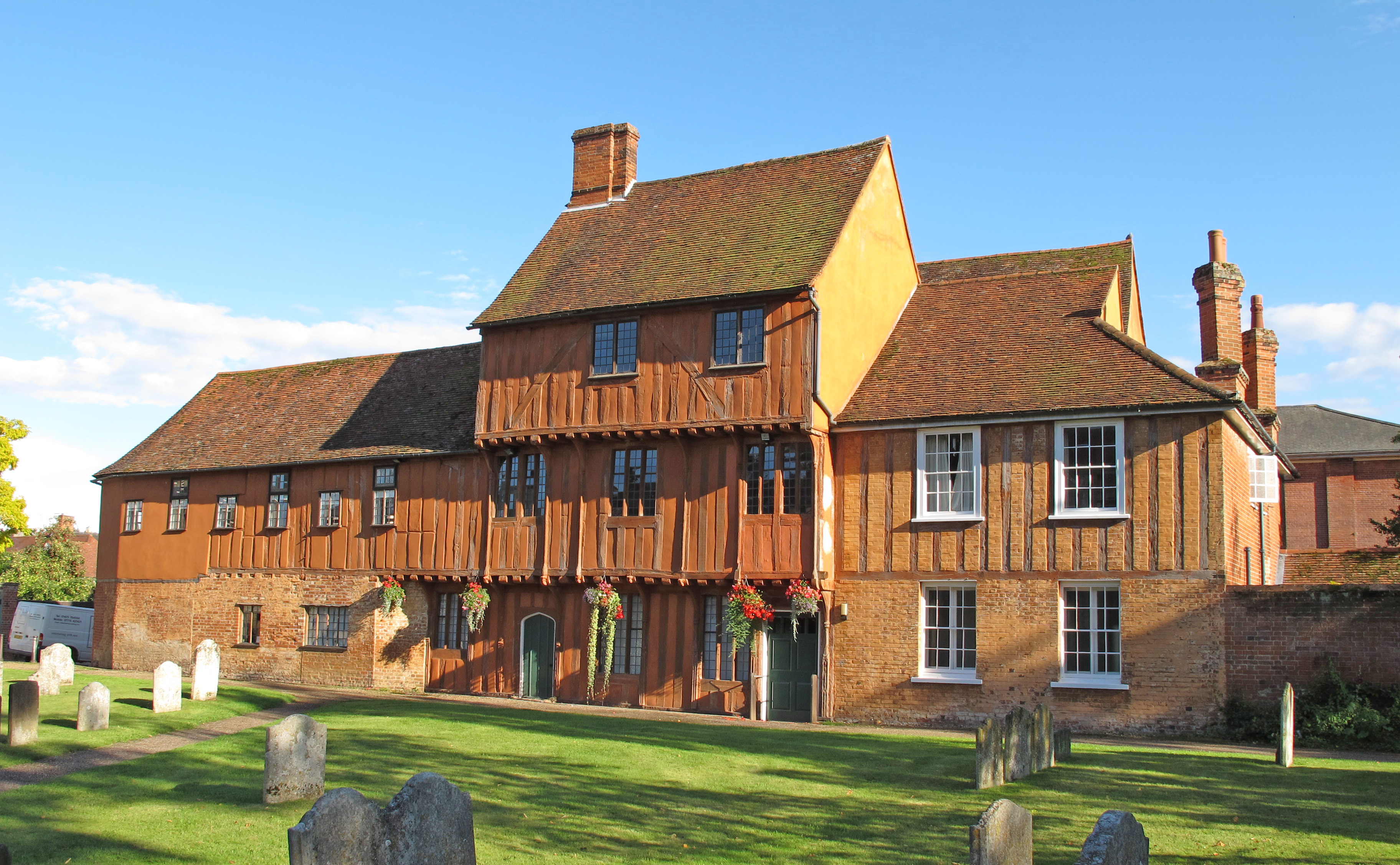

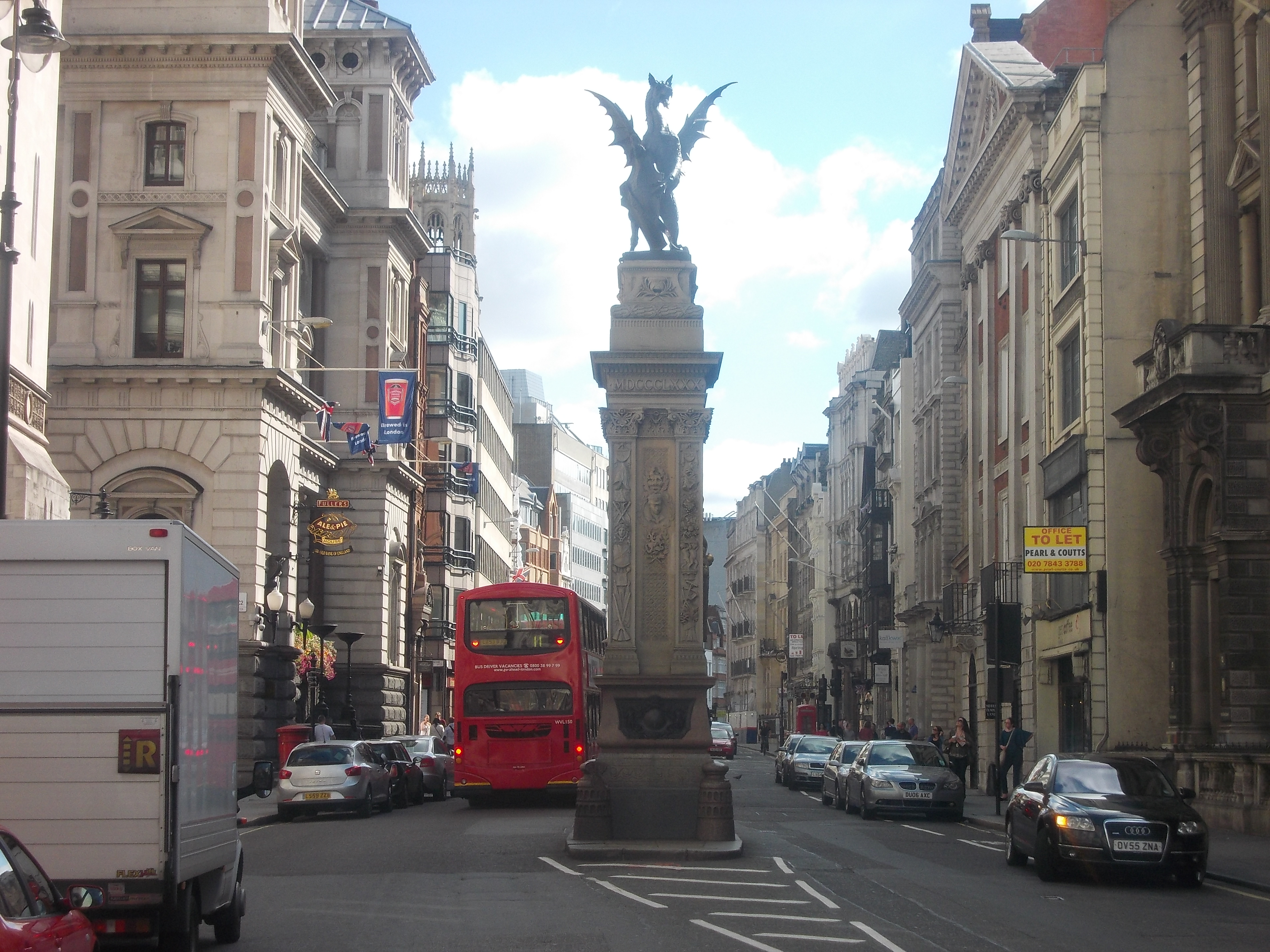
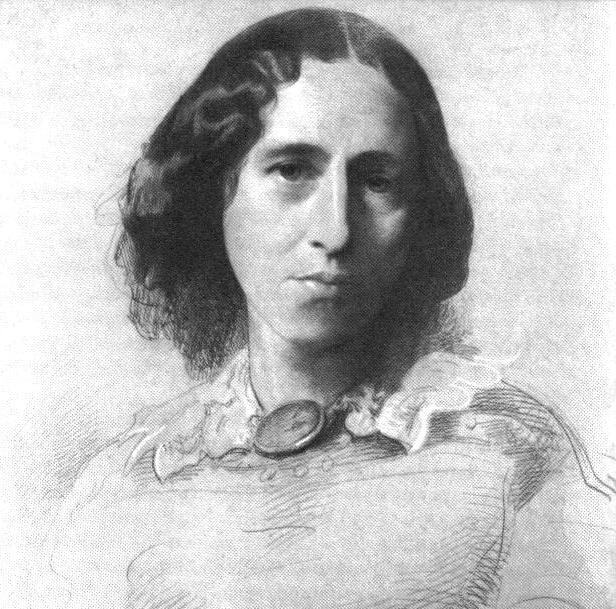
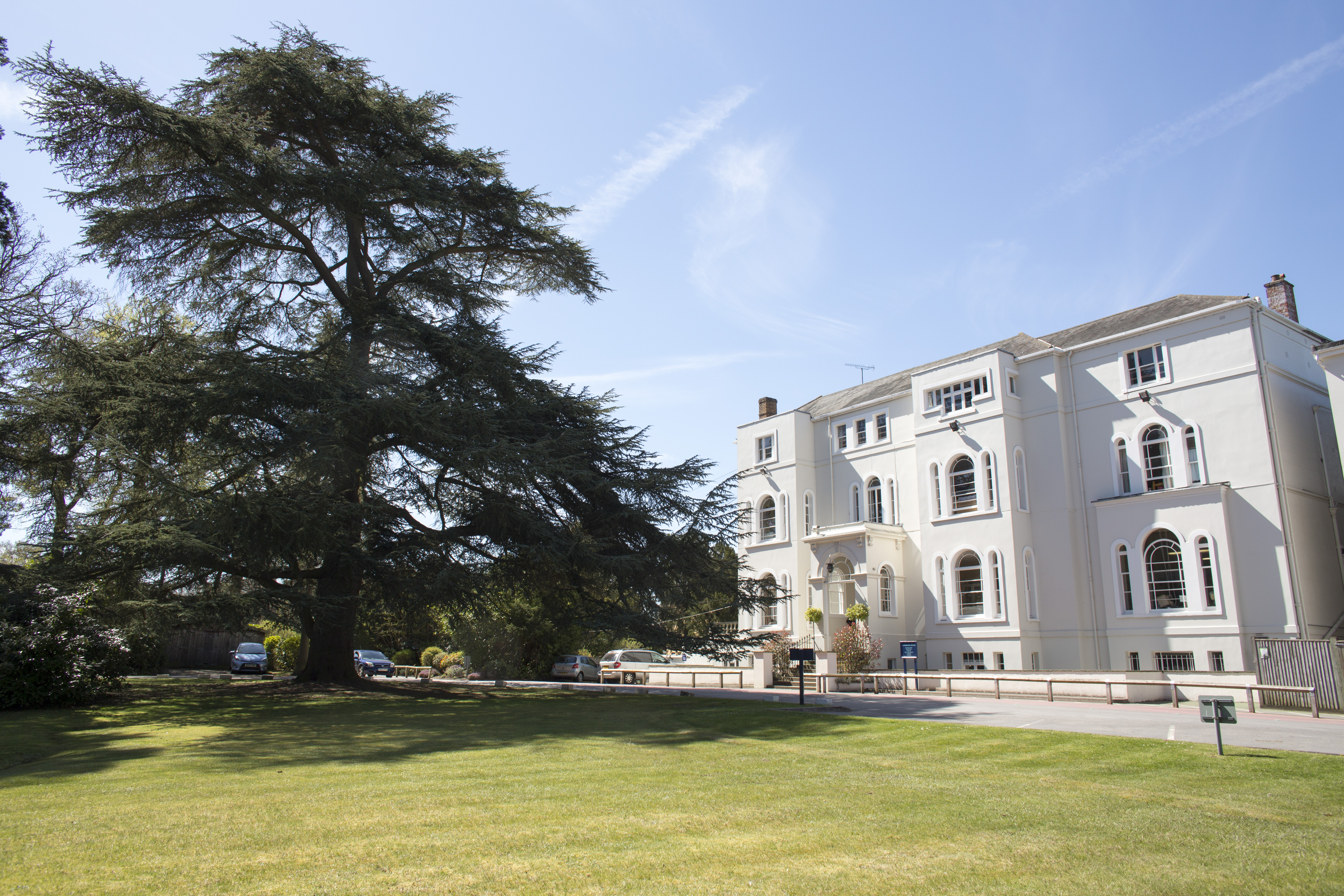
_(14769609965).jpg)
